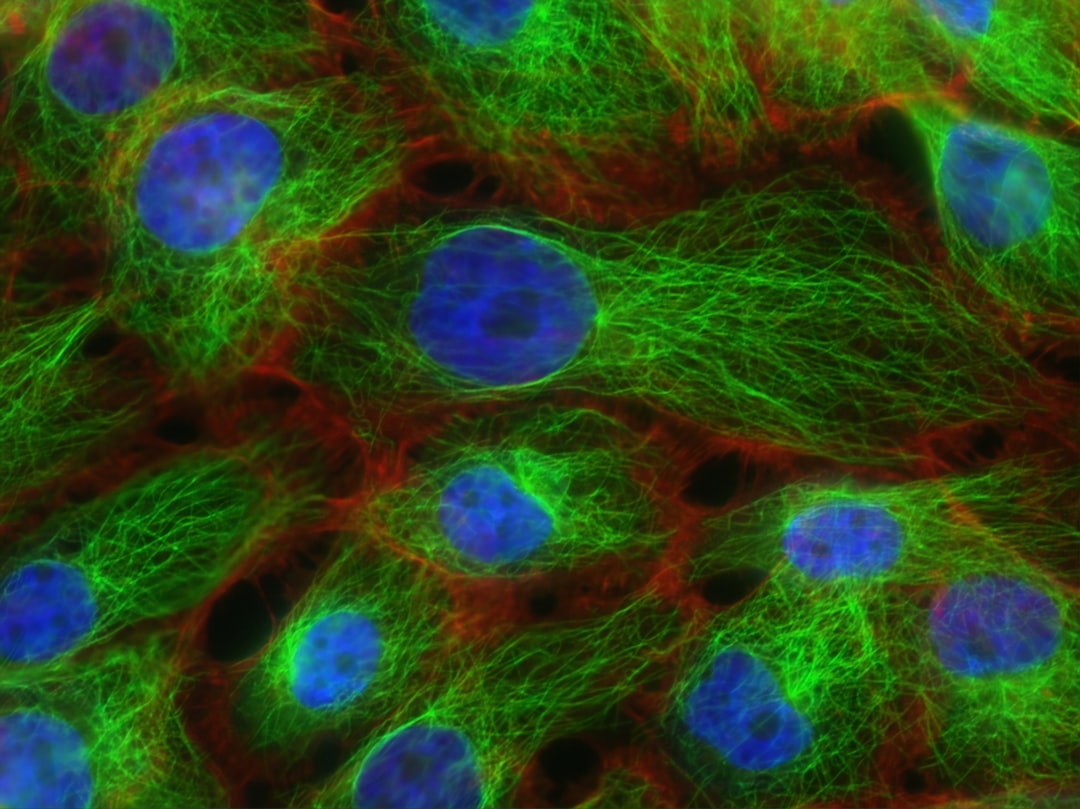What is it about?
This study aimed to determine the HLA-DRB1/HLADQB1 susceptibility and protection pattern for type 1 diabetes (T1D) in a population from Hamadan, northwest of Iran.
Featured Image
Why is it important?
Our findings not only confirm earlier reports from Iranians but also are in line with Caucasians and partly with Asians and some African patients with T1D. Remarkable differences were the identification of DRB1*04:01–DQB1*03:02, DRB1*07:01–DQB1*03:03 and DRB1*16–DQB1*0 5:02 as neutral and DRB1*13:01–DQB1*06:03 as the most protective haplotypes in this study.
Perspectives
Due to the presence of multiple ethnic groups located in different geographical area of Iran, further studies with larger sample size comprising ethnic-matched controls and consistent methodology in different areas of the country will be critical for evaluation and interpretation of HLA disease association and every similar population study based on HLA genetic in Iran.
Dr Ghasem Solgi
Hamadan University of Medical Sciences
Read the Original
This page is a summary of: HLA class II susceptibility pattern for type 1 diabetes (T1D) in an Iranian population, International Journal of Immunogenetics, June 2015, Wiley,
DOI: 10.1111/iji.12216.
You can read the full text:
Contributors
The following have contributed to this page










